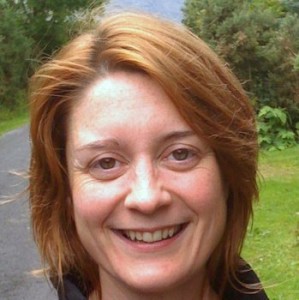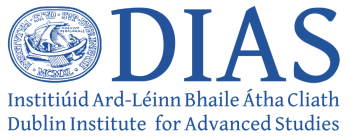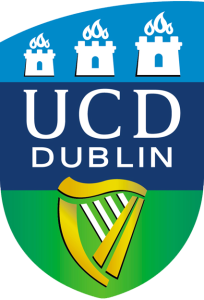J.Hanafin: Earth Observation

Your name?
Jenny Hanafin
Your job title?
Earth Observation Manager at TechWorks
Describe your job and what are your main tasks / responsibilities.
I am Earth Observation and Modelling Manager at TechWorks Marine. We specialise in using mathematical models and satellite data to observe and analyse the oceans. We use satellite data to get information on sea surface temperature and the amount of chlorophyll in the water, which tells us how much plankton is there. We also use satellites to get information on the wind blowing over the ocean and on the waves created.
My main tasks are developing new products from our data and models for people who work in the marine environment. For example, wave energy developers need to know what size and length of waves usually are found in the area where they are planning to put a wave energy device. They use this data to calculate the amount of energy that will be produced, and also as input to the design of the wave energy device. The Environmental Protection Agency needs information on temperature and chlorophyll amounts in the water as indicators of water quality.
We are always on the lookout for new opportunities, so a lot of the work I do is in researching what is possible and writing proposals to get money to develop different ideas, as well as managing the people in the team.
How do you use mathematics within your job?
Well, we have a wave model, which takes wind speed and direction over the ocean as input. It is a large computer program which takes that data, uses a series of equations to calculate the different physical processes that go on and outputs wave information over the area of interest. Waves are formed from the transfer of momentum and energy from the wind through the sea surface into the upper layers of the ocean. That energy changes with time as waves move along with the wind and becoming longer, finally turning into swell waves. It finally dissipates through friction or breaking. So there are equations to deal with all of these processes and calculate the final result on the wave.
We deal with all kinds of data related to the ocean, so we use statistical analysis a lot, as well as deriving different things from one data set or a number of different datasets.
What type of mathematics for you use to solve problems?
I use all kinds. For waves, the energy is a function of the wavelength and the direction the wave is going in. This means that spectral analysis is often necessary, as well as time series analysis of ‘mean’ parameters which are derived from the energy, such as wave height or power. Once we have data output from the model, we do statistical analyses of the time series to look at monthly or annual means and variability, or perhaps trends over long time periods to see if climate change impacts can be seen.
When using satellite data, we often have to convert what the satellite measures, which is the radiation at the top of the atmosphere, into a physical measure like temperature or chlorophyll. This requires taking equations which represent both the atmosphere and the ocean and including them in programs which we then use to process the data. They often use decision trees, so that cloud can be detected, for example, and removed from the final data.
What aspects of the mathematics curriculum or mathematics courses have proven most useful to you?
All of them. I think I have used every single thing I learned in all my maths courses in one form or another over the years – it has been the most important skill I have learned!
What is your education to date?
I did Leaving Cert honours Maths and Physics, then a Bachelors in Marine Science in NUI Galway, focusing on Physics and Physical Oceanography. My PhD was in Meteorology and Physical Oceanography (the same basic physics applies to the atmosphere and the oceans, so they are very similar subjects) at the University of Miami. During the PhD, I took applied courses in Atmospheric and Oceanic Circulation and Advanced Satellite Oceanography, as well as more mathematical courses like Statistical Analysis and Geophysical Fluid Dynamics.
What advice would you give to someone considering your job?
I’m not sure how many opportunities there are to do exactly what I do, but I highly recommend it if you think you might be interested. You do need to use maths and physics every day in this job, so you need to be comfortable with applying maths as well as understanding the theory.
What do you find most interesting in your job and what do you find are the main challenges?
I like that I do something different every day, no two days are ever the same. There are always new challenges, on a daily and weekly basis and they depend on what new problem we are tackling or what we want to achieve, and that is part of what I like. It’s great working with other people who appreciate the technical aspect of what we do and are motivated to solve problems. And it’s very satisfying to look back and see what you have achieved. I suppose my biggest challenge is taking what we do to the clients and making our work accessible to non-technical people.





